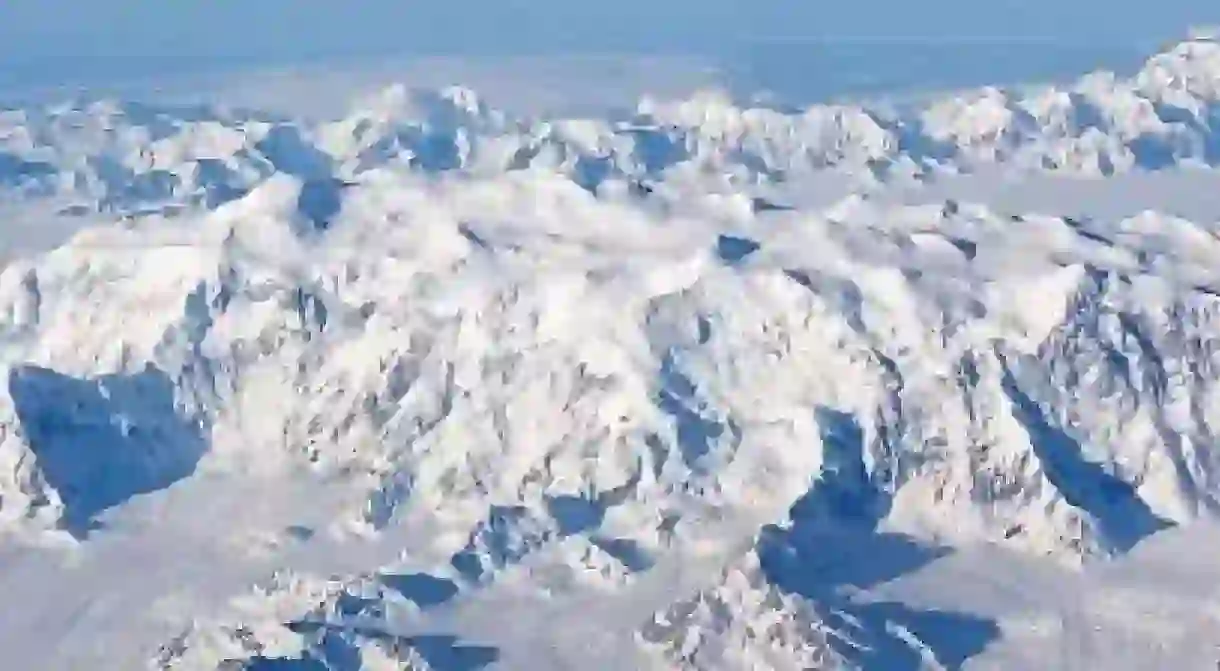Akomfrah's Isolating Tundra: The Alaskan Landscape And British Immigration

Filmmaker John Akomfrah’s Nine Muses (2010) uses the imagery of the Alaskan tundra to explore the isolating experience that many African citizens faced when immigrating to Britain. We investigate this striking work, exploring the fascinating comparison that Akomfrah has created.
Ghanaian-born English filmmaker John Akomfrah (known for his film Handsworth Songs, 1987) has created a film about the African immigrant experiences in Britain with breathtaking archival moving pictures of the windswept Alaskan tundra and of England’s West Midlands. This striking contrast and comparison uses the cold, sombre terrain of the tundra to convey the cold, harsh and even dangerous experience of reaching vast and unfamiliar shores. Despite this however, the landscape is breathtakingly and undeniably beautiful, creating further depth in this intriguing work.
Titled Nine Muses, the work is a collision of noise, narrative and moving image woven together to create a new and strange landscape that evokes the sense of loneliness and loss faced by immigrants entering alien lands. It is also historically-situated, showing the daily lives of African migrants who entered Britain following the British Nationality Act of 1948. Nine Muses is the full-length version of Akomfrah’s video installation, Mnemosyne. This name comes from Greek pantheon, with Mnemosyne – the personification of memory – being the mother of the Muses who together form a complete picture of the poetic art.
Described as a ‘cinepoem’, this film builds an elegant trauerspiel – a song cycle of mourning and remembrance – on the foundations of English literature. Just like Shakespeare and Dylan Thomas, Milton and Sophocles, this piece coheres to create an epic poem that evokes the arduous and unpredictable nature of migration.













